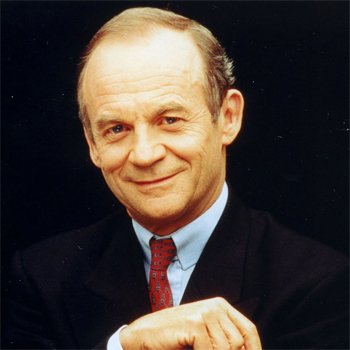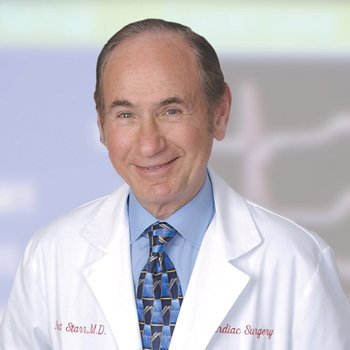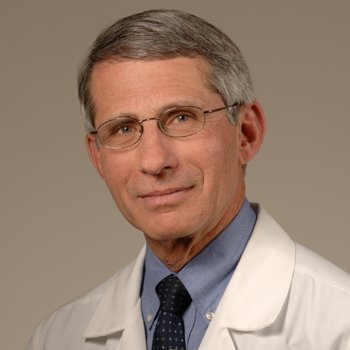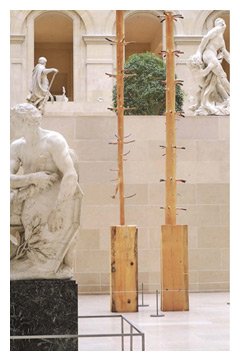The Art of Science
Opening remarks by Joseph Goldstein
An expanded version of these remarks originally appeared in Nature Medicine.
Creation and revelation: Two different routes to advancement in the biomedical sciences
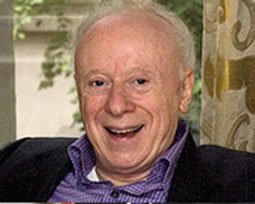 This past summer, two of the world’s great art institutions — the Royal Academy of Arts in London and The Louvre in Paris — held exhibitions in which the highlight was the depiction of a tree. Artists have long been fascinated with trees, which are Nature’s only living elements that link Heaven, Earth, and the Underworld. The tree at the Royal Academy — a painting — and the tree at The Louvre — a sculpture — exemplify two different routes to artistic greatness — one involving creation and the other revelation.
This past summer, two of the world’s great art institutions — the Royal Academy of Arts in London and The Louvre in Paris — held exhibitions in which the highlight was the depiction of a tree. Artists have long been fascinated with trees, which are Nature’s only living elements that link Heaven, Earth, and the Underworld. The tree at the Royal Academy — a painting — and the tree at The Louvre — a sculpture — exemplify two different routes to artistic greatness — one involving creation and the other revelation.
As in art, creation (through invention) and revelation (through discovery) can serve as two different routes to advancement in the biomedical sciences. The words ‘creation’ and ‘revelation’ are usually uttered at Bible classes rather than at Lasker luncheons. But, as you’ll hear in a moment, this year’s Lasker Clinical Award (for the invention of prosthetic cardiac valves) is an example of advancement through creation; the Basic Award (for the discovery of the immune system’s dendritic cells) exemplifies advancement through revelation; and the Public Service Award recognizes a lifelong career devoted to both creativity and discovery.
Medical Research Awards Jury
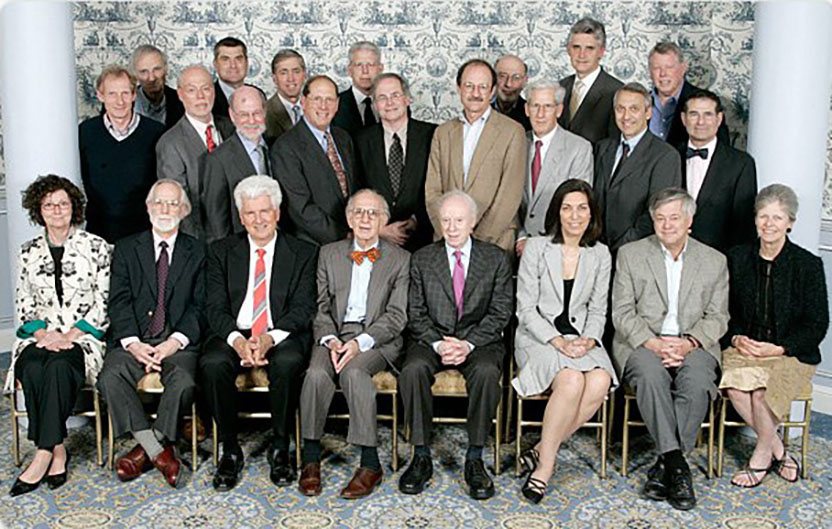
2007 Lasker Medical Research Awards Jury
First Row, left to right: Titia de Lange, The Rockefeller University ● J. Michael Bishop, University of California, San Francisco ● Günter Blobel, The Rockefeller University ● Eric Kandel, Columbia University ● Joseph Goldstein, Chair of the Jury, University of Texas Southwestern Medical Center ● Huda Zoghbi, Baylor College of Medicine ● Michael Brown, University of Texas Southwestern Medical Center ● Joan Steitz, Yale Universtiy
Second Row, left to right: Kim Nasmyth, University of Oxford ● Phillip Sharp, Massachusetts Institute of Technology ● Robert Horvitz, Massachusetts Institute of Technology ● William Paul, National Institutes of Health ● Gregory Petsko, Brandeis University ● Harold Varmus, Memorial Sloan-Kettering Cancer Center ● Stuart Kornfeld, Washington University● Donald Ganem, University of California, San Francisco ● Thomas Stossel, Brigham & Women’s Hospital
Third Row, left to right: Martin Raff, MRC Laboratory for Molecular Biology, University College London ● Craig Thompson, University of Pennsylvania Cancer Center ● Richard Lifton, Yale University ● Thomas Maniatis, Harvard University ● Stanley Cohen, Stanford University ● Bruce Stillman, Cold Spring Harbor Laboratory ● Jack Dixon, University of California, San Diego
Public Service Award Jury
Daniel Koshland, Jr., Chair of the Selection Committee, University of California, Berkeley ● Bruce Alberts, University of California, San Francisco ● Enriqueta Bond, Burroughs Wellcome Fund ● Barbara Culliton, Health Affairs ● Harvey Fineberg, Institute of Medicine ● Donald Kennedy, Stanford University ● Hans Kornberg, Boston University ● John Edward Porter, Hogan & Hartson ● Alfred Sommer, The Johns Hopkins University School of Hygiene and Public Health

